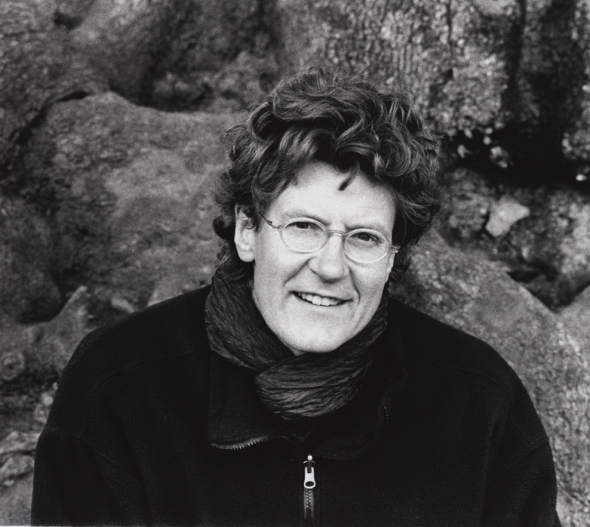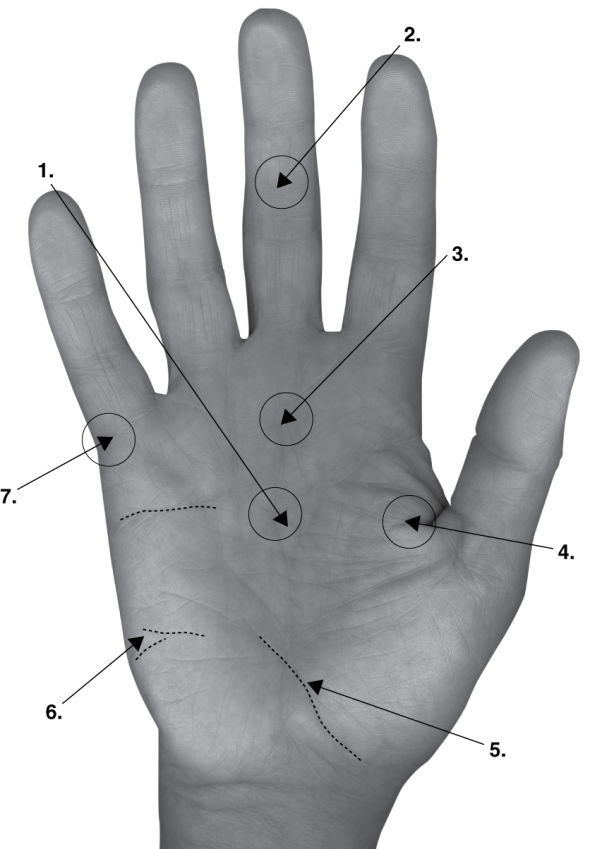
During the sleepy hours most of us never witness, a lone photographer shoots an empty landscape. Michael Kenna is a master at capturing the arresting echoes of light in dim landscapes. There is something mysterious, haunting and – at the risk of sounding cliché – Zen about his work. His pictures are almost always taken in the middle of the night but his photographs are anything but dark. Never employing artificial light, Kenna keeps his shutter open for hours, allowing what faint natural light is available to seep onto his negative to create a sometimes grainy, sometimes soft image. He makes the unremarkable (e.g. a power plant) look exquisite and arresting. His pictures may be photographs, but they appear dreamlike. From his uncanny photos at Ratcliffe Power Station, to his latest series in Hokkaido, Japan, Kenna has traveled the world chasing an enigmatic light.
How did you get your start in photography?
I went to an art school for a year in England and then spent another three years studying photography in London. However, I usually attribute the real start to my photography career to when I was working for the commercial photographer Anthony Blake in London. My morning task was to walk his two black labradors along the River Thames. I started photographing the local landscape during those early morning walks and haven’t stopped since.
If your pictures were poetry, they would be visual equivalent of a haiku. Do you get in a certain mental zone when you go out and shoot?
Or when you are in the darkroom? Very definitely, that’s one of the reasons why I do it. I love to get away from the everyday craziness of life and be alone. There is something wonderfully therapeutic about not having to talk to anybody. I think everybody should enjoy weekly periods of solitary confinement. I’m sure it would make the world a much saner place.
When you shoot at night, how do you achieve the mysterious soft hazy quality in your prints?
I always use soft focus filters – just kidding. Night photography usually dictates long exposures; the world turns, things move, time accumulates on the film. Later I spend a great deal of time in the darkroom, printing. Of course many of my pictures are also made in the early morning when the light itself is soft and hazy.
In your opinion, what is the difference between night and day?
Primarily the light. Night light is completely unpredictable. It comes from different and unexpected, often multiple, directions. It can be dramatic, like stage lighting. Sometimes it is a bit theatrical. There are many more deep shadows at night and I think it is generally scarier than during the day, so there is a tendency to be a bit on edge. It’s quieter, slower, there are usually fewer people around. It is a time when I am able to imagine more, possibly because I am sleep-deprived…
Why shoot at night?
For all of the reasons I mentioned above and the fact that by its very nature night photography slows you down. There is a lot of time waiting and watching, which can lead to thinking and daydreaming, or is it nightdreaming? Anyway, it can be an oasis of calm in comparison to the normal daytime business.
What do you think about digital media and how it has revolutionized photography?
Well, it provides more technical possibilities for an artist to explore. It has immense potential and possibilities. I’m just hoping the photo manufacturers don’t abandon us dinosaurs who are still using old-fashioned silver materials.
What is your favorite city?
Venice, at least for today.
What are the differences you face when shooting in a landscape versus an urban landscape?
Security is one thing. In cities I’m always looking over my shoulder, particularly at night. Bee stings and getting lost seem to be my worst worries in the landscape. My approach to photographing in both is pretty much the same.
You have traveled all over the world taking pictures. How has this experience changed you? Where do you love to travel?
One thing is that it’s getting harder and harder to travel in economy! But seriously, I just love to travel, everywhere and anywhere, at any time. I really haven’t traveled all over the world. There are so many more places to explore. This year I have only been in England, France, Italy, Japan, Korea and China, which leaves another 187 countries for the next eight months. Lot of air mileage.
What objects do you always travel with?
My glasses and my wallet, hopefully. My passport if I am getting on a plane. Cameras. Something to read. Film. Usual stuff, I guess.
What sort of advice would you give to the next generation of young photographers?
Stay focused, work your ass off – arse if you are English – and always march to the beat of your own drum.
What and/or who is your inspiration?
My wife Camille.
Your latest work was done in Hokkaido. What hours were the best to photograph in? What was it like taking pictures in the snow?
I hardly photographed at all during the night in Hokkaido because it was absolutely freezing. It was also cold during the day, but there was always a bowl of hot noodles somewhere just around the corner. Hokkaido was/is amazing and I hope to spend a lot more time there.
Do you usually have an image in mind before you shoot the photograph, or are you often surprised?
Oftentimes I do have an image in mind, but sometimes the photograph comes out differently than I had imagined. That’s part of why I enjoy photography so much. I would get a bit bored if I could accurately pre-visualize every photo that I made, so I like to imagine there is a gremlin somewhere in the camera that moves things around before the film gets processed. The unexpected is usually more interesting than the predictable.
– Nora Ballard

Reading by Lena, who has no idea this palm belongs to Michael Kenna.
1. Will tend to start many careers and projects. Anywhere from one to five running concurrently at a given time. One will bear fruit financially quite well, but it’s not the one that will hold interest longest.
2. There is a delicacy of perception here. A delight in the details and layers of texture in the world. Does not spare himself in his search for knowledge and understanding.
3. Sexual energy is equally intense. Explorative, with a fascination for the unusual. Not just sexually explorative either. This person probably eats grasshopper when in the Amazon, be both horrified and fascinated by it, get sick, eat them anyway and consider it time and money well spent. Does not spare self in seeking new and unusual experiences!
4. Sees too much complexity in the world and in everything to easily place anything in one category or another.
5. Physiologically, is not well-suited to the level of intensity with which he chooses to live, but does it anyway. Will live a long time, but will accumulate many dents, scars and wounds, both physical and emotional, in the process. Not a person with a cast-iron stomach, but will eat as though he is anyway so as not to miss anything. Periodically, should go alone to a nice, mellow resort or spa to recover and pamper the poor body before the next adventure.
6. An experienced traveler who takes great pleasure in exploring the nooks and crannies of far-flung places. Will seek relationships with people (preferably intense relationships with intense people) in each of the places that he visits.
7. Within all of this chaos and complexity, there is a talent as a healer. It will come up spontaneously, is primarily a verbal skill and is not intellectual – this person will want to understand it, but it’s not something to be understood.

